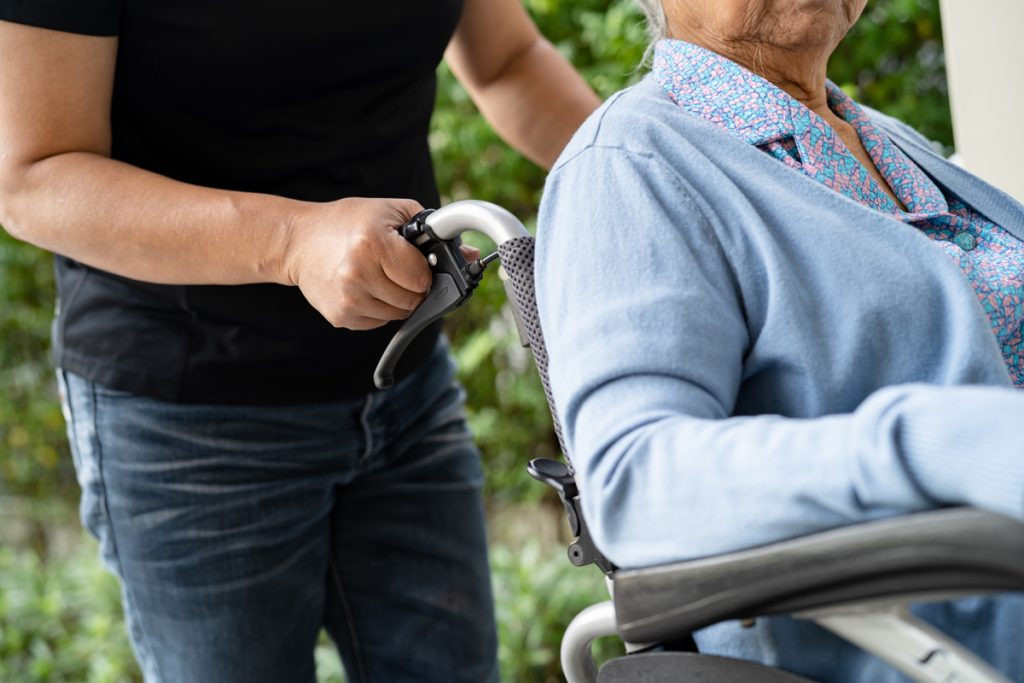2024 Home Safety Assessments And Evaluations
Home safety assessments and evaluations are crucial for identifying and mitigating potential hazards in residential properties. These assessments help ensure the safety and well-being of occupants by addressing various risks such as fire hazards, electrical issues, structural problems, and other safety concerns. Here is an overview of what to consider for home safety assessments and evaluations in 2024.
What can I expect from a home safety assessment? Who will evaluate my environment? What happens following the assessment?
Key Components of a Home Safety Assessment
- Fire Safety:
- Smoke Detectors: Ensure that smoke detectors are installed in every bedroom, outside each sleeping area, and on every level of the home. Test them monthly and replace batteries at least once a year.
- Fire Extinguishers: Have fire extinguishers accessible in key areas such as the kitchen, garage, and workshop. Ensure everyone in the household knows how to use them.
- Escape Plan: Develop and practice a fire escape plan with all household members. Ensure that windows and doors open easily and that escape routes are free of obstructions.
- Electrical Safety:
- Wiring and Outlets: Inspect wiring for signs of wear, fraying, or damage. Ensure outlets are not overloaded and use surge protectors where necessary.
- Circuit Breakers: Make sure circuit breakers are functioning correctly and are not tripping frequently, which can indicate underlying electrical issues.
- Ground Fault Circuit Interrupters (GFCIs): Install GFCIs in bathrooms, kitchens, and other areas where water is present to prevent electrical shock.
- Structural Safety:
- Foundation and Walls: Check for cracks in the foundation, walls, and ceilings. These can indicate settling or other structural issues that need professional evaluation.
- Roof and Gutters: Inspect the roof for missing or damaged shingles and ensure gutters are clean and properly directing water away from the foundation.
- Windows and Doors: Ensure windows and doors are in good condition, with no broken panes or damaged frames that could compromise security or energy efficiency.
- Plumbing Safety:
- Leaks and Water Damage: Inspect for leaks under sinks, around toilets, and near water heaters. Address any signs of water damage or mold promptly.
- Water Heater: Ensure the water heater is set to a safe temperature (typically 120 degrees Fahrenheit) to prevent scalding.
- Environmental Safety:
- Asbestos and Lead: If your home was built before the 1980s, consider having it inspected for asbestos and lead paint, both of which can pose serious health risks.
- Radon Testing: Test for radon, a colorless, odorless gas that can cause lung cancer. Radon mitigation systems can be installed if high levels are detected.
- Security:
- Locks and Deadbolts: Ensure all exterior doors have sturdy locks and deadbolts. Consider adding a security system with alarms and cameras.
- Lighting: Install motion-sensor lights around the exterior of the home to deter intruders and increase visibility at night.
- Child Safety:
- Childproofing: Use safety gates, cabinet locks, and outlet covers to protect young children from hazards. Secure heavy furniture and appliances to prevent tipping.
- Accessibility:
- Handrails and Grab Bars: Install handrails on all stairs and grab bars in bathrooms to prevent falls.
- Ramps and Thresholds: Ensure ramps and smooth thresholds are available for wheelchair access if needed.
Professional Home Safety Evaluation Services
In 2024, many professional services offer comprehensive home safety evaluations. These services typically include:
- Certified Inspectors: Professional inspectors with certification and experience in home safety assessments.
- Detailed Reports: Comprehensive reports outlining identified hazards, recommended actions, and potential costs.
- Follow-Up: Some services include follow-up visits to ensure that recommended safety measures have been implemented.
DIY Home Safety Checks
While professional assessments are thorough, homeowners can also perform basic safety checks themselves using home safety checklists available online. These checklists guide homeowners through various areas of the home, highlighting common hazards and how to address them.
Cost of Home Safety Assessments
The cost of a professional home safety assessment varies depending on the size and complexity of the home, as well as the region. On average, homeowners can expect to pay between $200 and $500 for a comprehensive safety evaluation. Additional costs may be incurred for specialized testing (e.g., radon, asbestos) or follow-up services.
Conclusion
Regular home safety assessments are essential for maintaining a safe living environment. By identifying and addressing potential hazards, homeowners can prevent accidents, reduce the risk of injuries, and ensure peace of mind for themselves and their families. Whether through professional services or DIY efforts, making home safety a priority is a wise investment in health and well-being.
Related Posts




